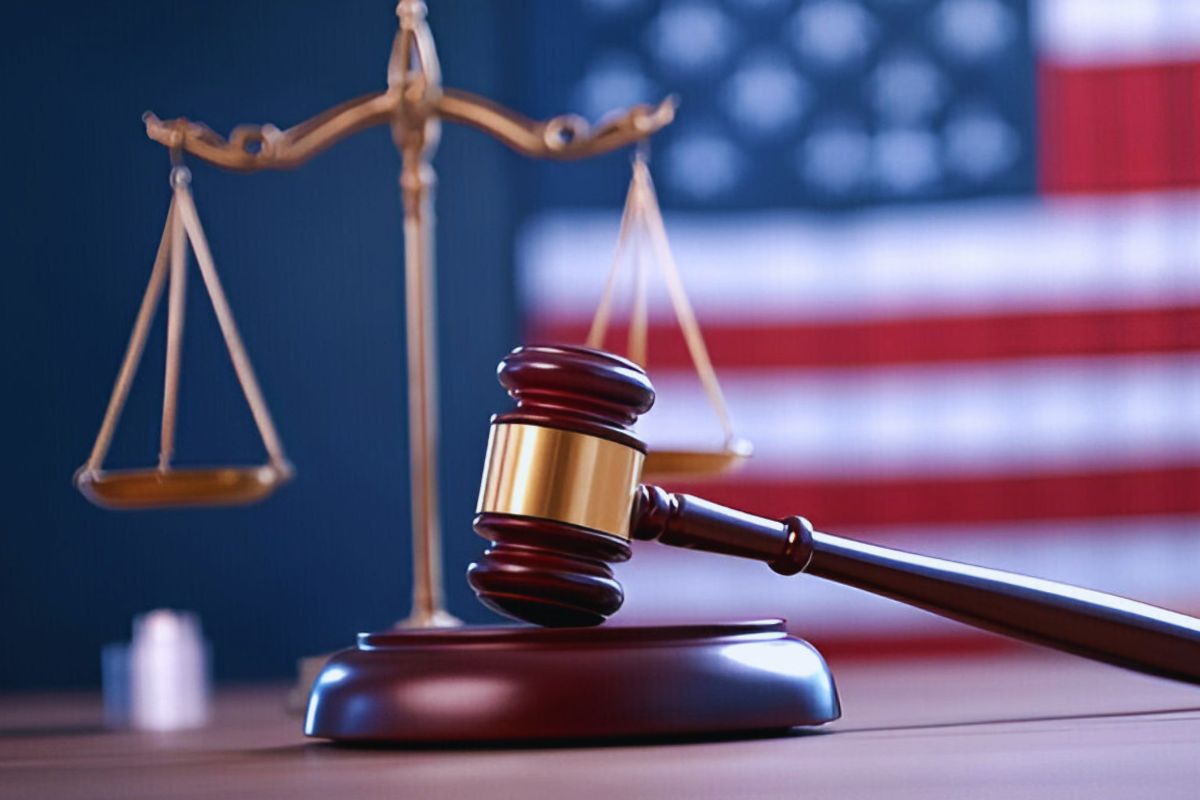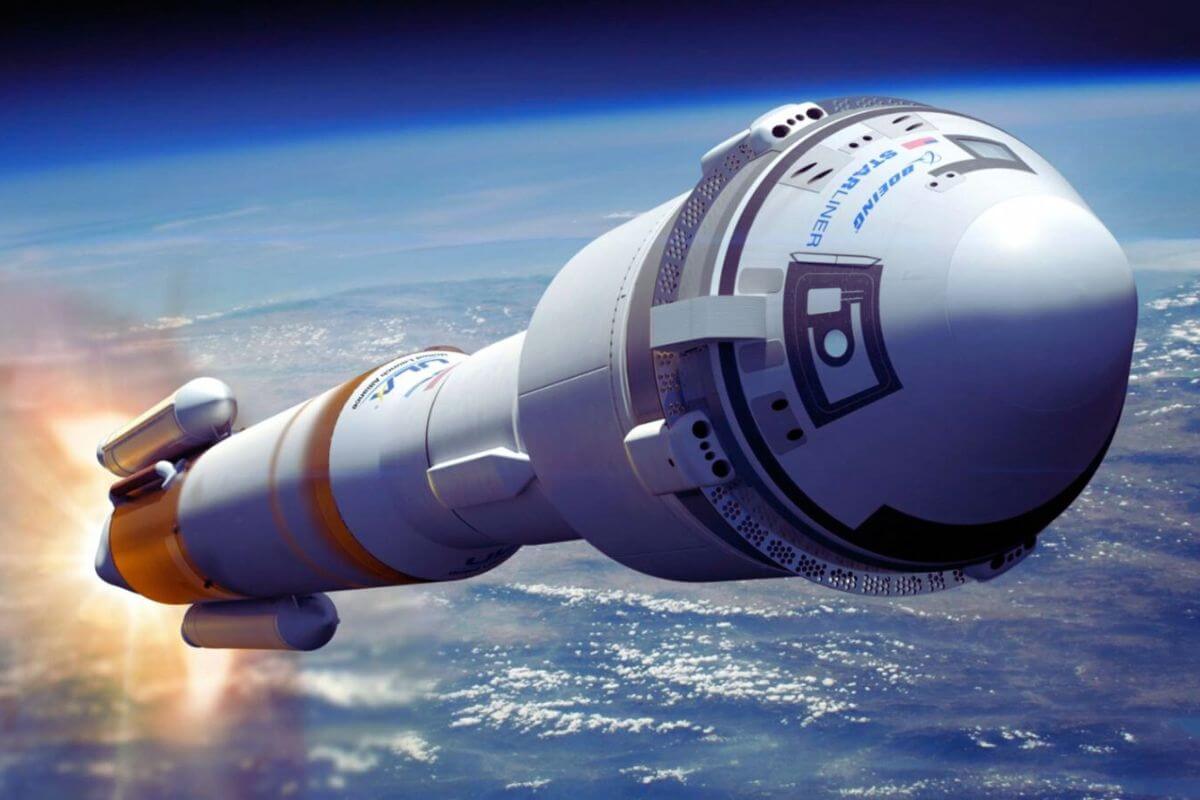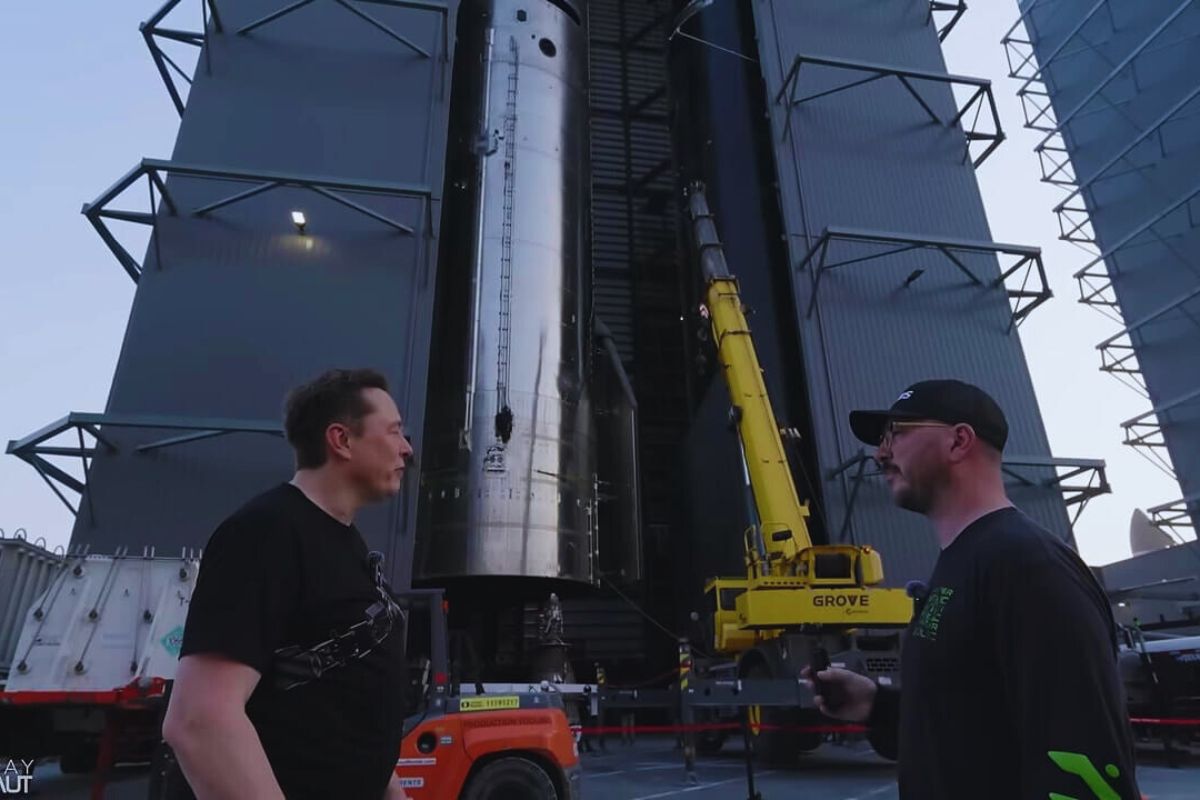Boeing Starliner Astronauts Williams and Wilmore May Stay in Space 6 More Months
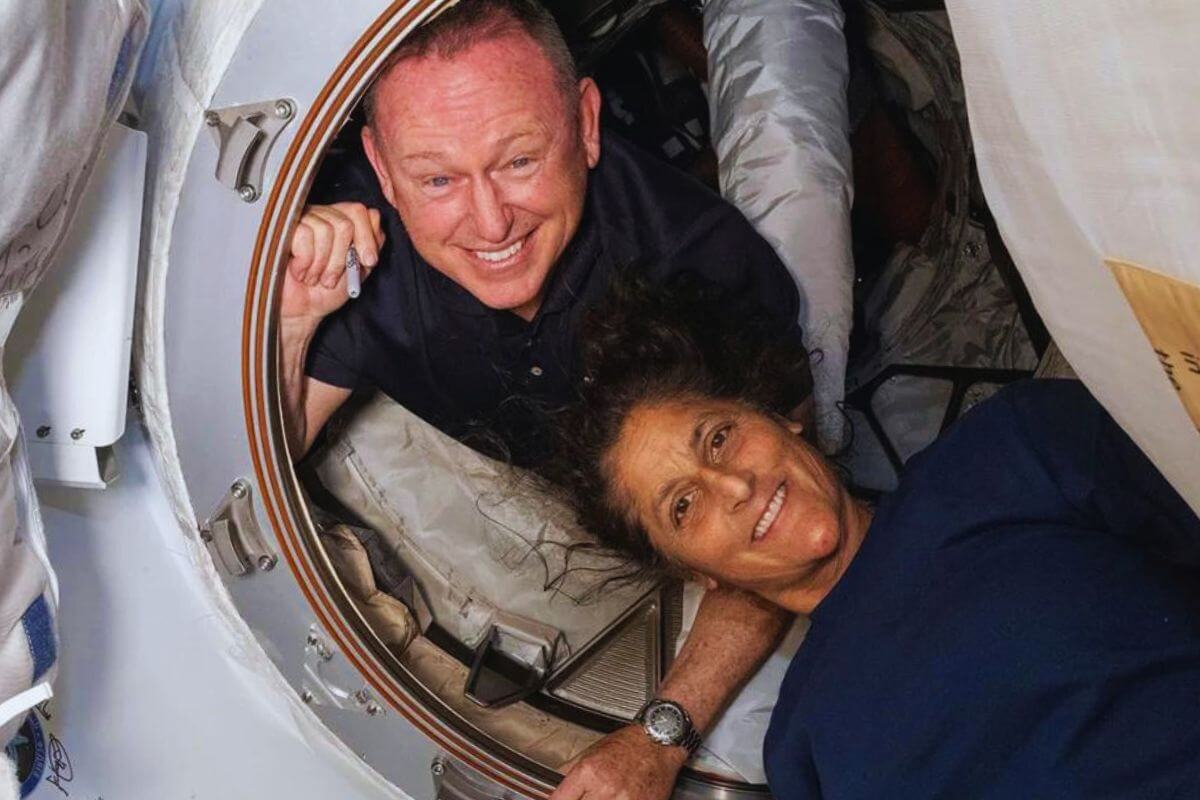
- BY Dhiren
- August 12, 2024
- Read in 7 Minutes
When astronauts Suni Williams and Butch Wilmore departed Earth for the International Space Station two months ago, they forgot to pack a crucial piece of equipment.
They flew the first crewed flight test of Boeing’s Starliner spaceship without their own toiletries or other personal belongings, intending to return to Earth in about a week.
They have already been aboard the space station for more than 60 days. NASA said this week that they may remain there until early 2025 due to continued troubles with their Starliner spacecraft.
Such a delay is not certain, with NASA officials seeking to overcome internal differences regarding the Starliner’s safety. According to NASA, a decision must be made by mid-August.
Also Read, Elon Musk Tours SpaceX Starfactory Rocket Site
However, NASA has suggested that a months-long delay may be required if Starliner is deemed dangerous. In that case, the astronauts would need to return home aboard a SpaceX Crew Dragon vehicle instead.
So, what precisely would Williams and Wilmore do in space for the next six months?
Currently, the two are guests. They are not members of Expedition 71, the multinational crew of seven astronauts who serve as the space station’s official staff.
Nonetheless, NASA says they have effortlessly merged with the group, picking up everyday tasks aboard the orbiting laboratory.
However, if their stay is extended until February, as NASA says is possible if Starliner cannot return them, Williams and Wilmore will become full-time expedition crew members.
They would conduct standard crew activities such as spacewalks outside the space station and managing the orbiting laboratory. Additionally, they will complete an extensive list of science experiments.
And NASA verified that the Starliner crew is ready to transition.
“A couple of years ago, we made the decision — knowing that this was an experiment — to make sure that we had the right resources, supplies, and training for the crew, just in case they required to be on ISS, for any reason, for a longer period,” Dana Weigel, NASA’s manager of the International Space Station Programs, said during a Wednesday meeting.
“Butch and Suni are fully trained,” Weigel said. “They’re proficient and modern with EVA (spacewalks), with robotics, with all the tasks we need them to do.”
Joining Crew 9
Nothing is guaranteed, but NASA said on Wednesday for the first time that it is potentially returning the Boeing Starliner spaceship empty.
But that would not keep Williams and Wilmore in space permanently. They would allocate a ride home on SpaceX’s Crew-9 mission.
Crew-9, a typical journey to the space station to replenish expedition workers, is scheduled to travel with four astronauts. This includes NASA astronauts Zena Cardman, Nick Hague, and Stephanie Wilson, as well as cosmonaut Aleksandr Gorbunov from the Russian space agency Roscosmos.
Under NASA’s backup plan for Starliner, a pair of those astronauts would be removed from the trip, though officials did not specify which of the four crew members.
According to NASA’s most recent schedules, the Crew Dragon spacecraft would travel to the International Space Station with two vacant seats, departing by September 24.

Ballast, or hunks of metal used as dead weight, would fly behind Crew-9’s two vacant seats to stabilise the Crew Dragon’s centre of gravity.
The two Crew-9 astronauts will next join Williams and Wilmore on the space station. This will complete the crew of Expedition 72, which will feature more Russian cosmonauts and start in September following a handover period.
As is typical for trips to the space station that accompany a mission, the Crew-9 astronauts will stay on board for around five or six months. This will leave Williams and Wilmore in orbit for an additional half year on top of the two months they’ve already spent there.
Once they join Crew-9, they will settle into a disciplined pattern, with their days planned out hour by hour.
Olympics in Space
Some of the astronauts have already begun to do day-to-day tasks. According to NASA updates, Williams and Wilmore have spent their time thus far maintaining the space station. Their tasks have included examining hardware, arranging cargo, completing Starliner inspections, and aiding with science experiments and tech presentations.
Williams and Wilmore, on the other hand, have had their fair share of fun in microgravity. On July 26, NASA released a film of the astronauts passing around a plastic flame aboard the space station while mimicking Olympic games such as the discus and pommel horse. (Working out is essential for astronauts to avoid losing muscle mass and bone density while in space.)
For the record, Williams has already demonstrated her abilities as a top space athlete.
She was the first person to complete a triathlon in space when she visited the International Space Station in 2012.
Williams exercised on a stationary cycle, mimicked swimming with a weightlifting machine, and ran on a treadmill while tied in with a harness to prevent her from floating away.
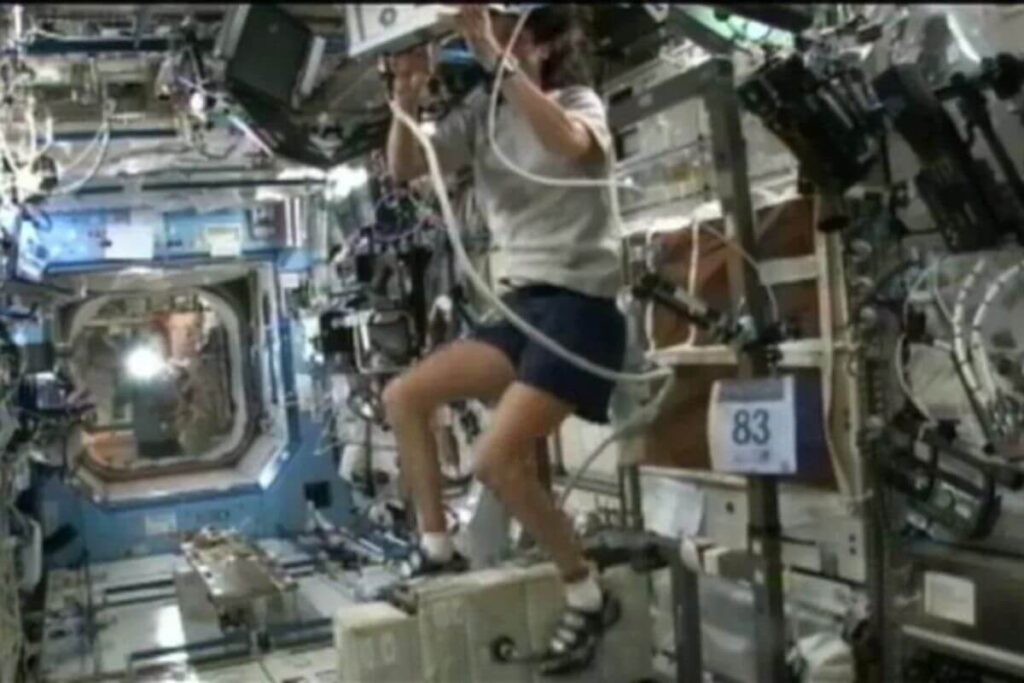
That accomplishment happened when she raced alongside the Boston Marathon from the space station in 2007.
Williams and Wilmore spent a total of 500 days in space before beginning on the Starliner test trip. Williams also admitted that she cried when she departed the space station during her final journey in 2012, wondering whether she would ever return.
“This flight is a dream for her,” one NASA commentator stated during a broadcast of the Starliner’s launch on June 5.
Also Read, Boeing Starliner return to Earth rescheduled for June 26
Extended stay in Space
Astronauts frequently unexpectedly extend their stay onboard the space station, sometimes for days, weeks, or even months.
NASA astronaut Frank Rubio is scheduled to spend around six months onboard the International Space Station. This period was for the inaugural mission to low-Earth orbit, which began in September 2022.
Instead, he spent 371 days in space after discovering a coolant leak from his first vehicle, a Russian Soyuz capsule, while docking at the orbiting base.
Rubio’s year-long stay set a new US record for the most consecutive days in orbit.
Astronauts sometimes extend their stays on the station for weeks due to many causes, including terrible weather on Earth or other scheduling changes.
Without a Suitcase
Flying to the space station without their mission luggage may have made the Starliner astronauts’ lengthy stay less comfortable.
NASA decided to remove their bags from the ship to make way for a much-needed pump to repair a failing toilet on the space station.
The two astronauts may have earned some time off when a Northrop Grumman cargo delivery mission arrived at the space station on Tuesday.
During a news briefing last week, Bill Spetch, NASA’s operations integration manager for the International Space Station Programs, explained that they keep their options open.
They have items such as clothing and personal meals ready for Williams and Wilmore.
And there is no hint that food supplies will run out anytime soon. According to Spetch, the Northrop Grumman ship carried 8,200 pounds of scientific experiments and cargo, as well as meals and fruit such as squash, radishes, carrots, blueberries, oranges, apples, and coffee.
Also Read, Android Spyware LianSpy Evades Detection with Yandex Cloud
Still, NASA must immediately decide on Williams and Wilmore’s return—or integration into the regular crew rotation—since the space station’s food and other supplies are limited.
“While they’re up there, we have an extra team and hands to do much more work. On Wednesday, NASA’s assistant administrator for the Space Operations Mission Directorate, Ken Bowersox, said they are also using more consumables and supplies.
“At some point,” he told reporters, “we need to bring those individuals home and get back to a regular crew size on the ISS.”
